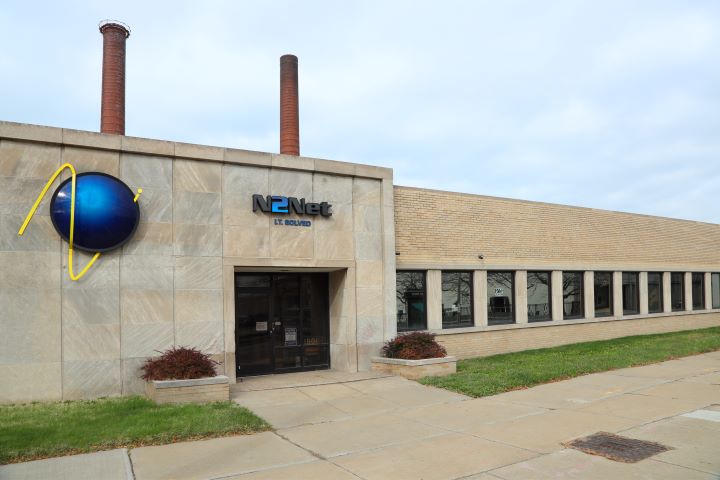
A partner for any business. At infinIT, we bring together people, process and technology to help businesses achieve long-term growth.
InfinIT is the premier IT solutions provider located in Northeast Ohio that provides outsourced IT management and support, cloud, and business phone services. We directly employ a wide variety of experts across all IT disciplines rather than relying on independent consultants to create the illusion of broad expertise. We are here to be your on-demand outsourced IT team, to be utilized, expanded, or contracted with your changing needs.
In a world where there’s no shortage of IT solutions firms, infinIT stands out. We’re a managed services firm that actually owns its own infrastructure. We operate a fully functional, N+1 data center in Cleveland to provide our customers with a single source for all your IT needs, both personnel and infrastructure. infinIT’s cybersecurity expertise protects both the infrastructure and our customers’ data.
Introducing infinIT!
We’re infinIT, a new firm bringing together leading IT firms N2net and Micro Doctor IT. In the past 3 decades plus, hundreds of businesses in Northeast Ohio have selected us!
InfinIT merges N2Net and Micro Doctor to bring your organization the best solutions to keep your business running, safely and securely.
Our Services
Why infinIT?
Whether you need strategic leadership or helpdesk support, InfinIT has a flexible solution right for every organization, no matter the size or industry. Hardware, software, workstations, servers, IT service, phone, internet, and disaster recovery are all core competencies. We do it all.
InfinIT is unique in that we can provide your organization an IT environment that matches your preferences, offsite, on-premise, or hybrid. InfinIT can provide your organization with an entire cloud suite (servers, virtual desktops, phones, broadband) along with proactive managed services to make sure your business systems are running smoothly. Any technology you need for your business, and we mean ANY, infinIT can help you more effectively manage and operate it.
InfinIT is a single source for all your technology needs. Easy to work with and flexible, you’ll quickly grow attached to our team as part of your own. InfinIT brings your organization networking expertise along with a depth of knowledge in the myriad of technologies that you and your organization rely on.
Our Partners
What makes infinIT different?
Unparalleled and Responsive
InfinIT has systems in place to ensure our dedicated support staff address your issues in a timely manner, with the utmost expertise assigned to your ticket.
Transparency to Avoid Persistent Issues
IT issues happen, it’s the nature of technology. When they do, you want to not only know what was fixed, but you want to avoid it happening again.
Unmatched Value
Relying on infinIT to oversee your IT strategies and day-to-day operations will provide your organization with the power of a large team of technology experts for less than the price of one FTE.
Strategic Leadership
Our team and leadership include virtual CIO services. InfinIT will map and then implement your priorities according to numerous factors, including budget and risk tolerance.
Methodology
Our team has a proven methodology to align your business goals with your technology investments.
Holistic Solutions
Whether you need strategic leadership or helpdesk support, InfinIT has a flexible solution right for every organization, no matter the size or industry.
Organizational “Software”
InfinIT is a single source for all your technology needs. Easy to work with and flexible, you’ll quickly grow attached to our team as part of your own.
Proven Track Record
Beyond simply providing IT support in Warren, Youngstown and Cleveland, your long-term technology partnership with infinIT will help your organization achieve long-term success and growth.
Learn More About the infinIT Difference!







